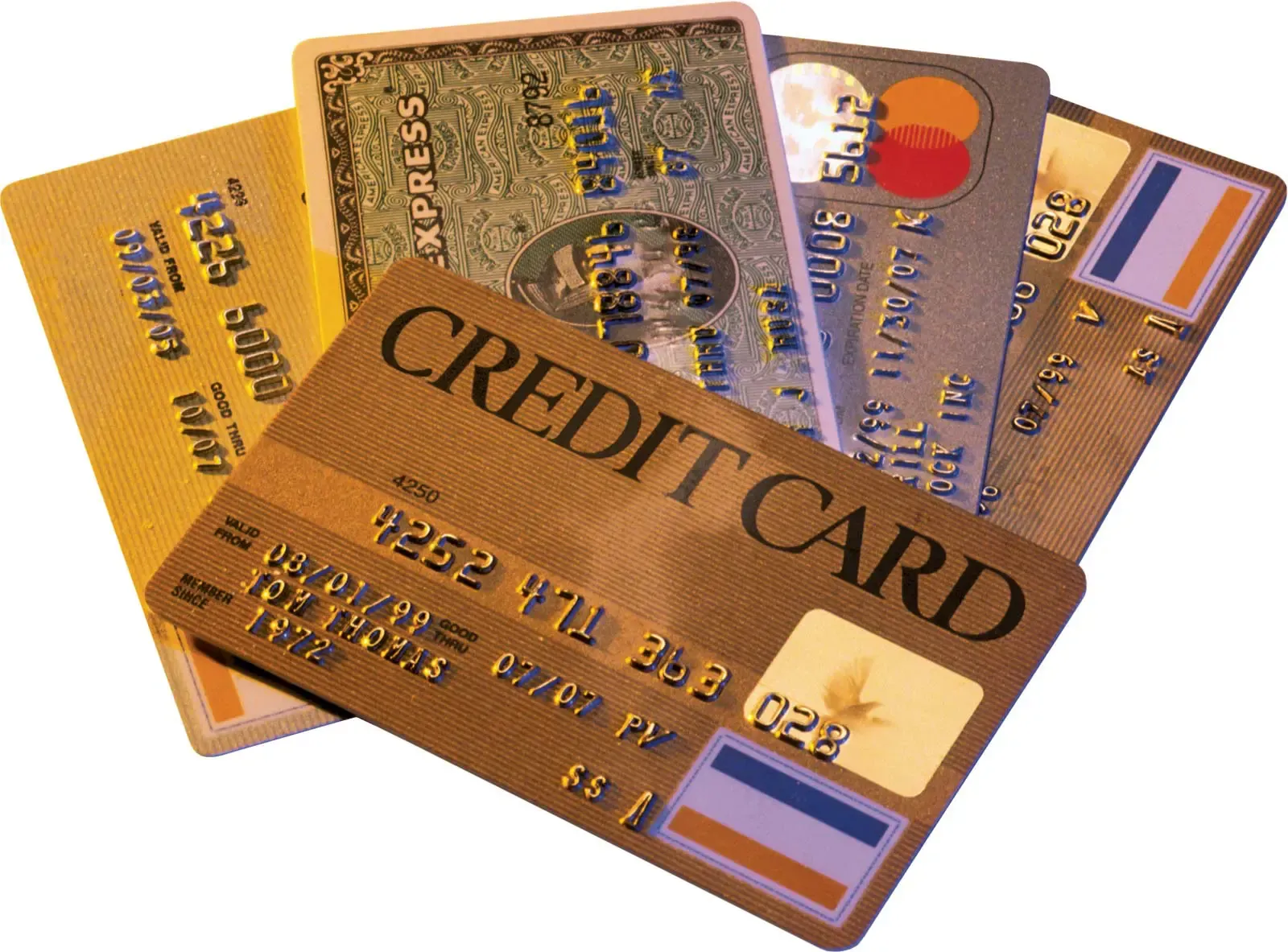Debt: Taking Control of Your Finances
What happens when you don’t see an end to your debt? No one likes to live in the stress of being in debt, and the problem with eliminating debt is that we don’t know where to start.
Not all debt is bad, and not all debt is a priority. First of all, you have to learn to recognize them to know where you are and where you want to get to.
Good Debt
A “good” or “productive” debt is the one that makes you generate more, that helps you to grow your patrimony, to generate better profits in your business and will never cause you problems in the long term to pay it because it is well calculated.
Productive debt is the one that reflects benefits in a term longer than the time to pay it, the important thing is to use it to acquire durable goods or services that generate value and whose payment does not exceed 30% of the monthly income.
Bad Debt
The “destructive” debt is normally dedicated to consumption, that is, to the purchase of goods that will last less than the debt will last, that will not produce anything and are 100% expense, that is not strictly necessary for your business or patrimony and that, in the long term, almost always become a headache and can make you lose a lot of money.
We recommend paying off destructive debts, the most urgent, old and expensive ones that we are paying before acquiring new financial commitments.
But is it bad to get into debt?
Many of our families and stories of people close to us are marked by the financial terror of debt, this is because our culture generally lacks financial education to help them make better informed decisions.
From this moment on, you no longer need to be afraid of it, since you know how to recognize a good or productive debt from a destructive one and you can see the moments in which it serves to boost your business and make your profits grow; now what you have to learn is to be in control of your finances to maintain a healthy economy.
These tips can help you keep control of your credit:
1. Make an inventory of your current debts, ordering them by amount and cost in order to pay them off.
2. Learn to calculate your ability to pay through a budget that determines your available resources.
3. Make sure that your debts do not exceed 30% of your income, otherwise you could become over-indebted.
4. Know your payment dates and installments.
5. Use technology such as your cell phone calendar to generate reminders, or to schedule and make payments through digital banking (Apps and Online Banking).
One option to get out of debt quickly is to use the “avalanche method” which is very simple: if you pay your debts starting with the MOST EXPENSIVE in interest percentage, you will have more money available to exterminate the others.


